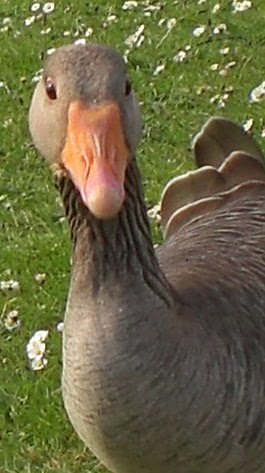So, I broke my right clavicle on a beach (horse) ride 6
weeks ago. What a pain – meaning I have
had to cancel my shiatsu treatments to give, as well as participating in tennis
for at least 10 weeks during the summer season, just when it was getting
going. I am writing this piece, because
as a patient/ client/ service user I gain new insights into the experience of
health care, which can inform understanding for all – practitioners, whether
orthodox or complementary and patients.
This is part of an attempt to consider what an integrated approach could
mean.
1. Initial
orthodoxy – so, once it was worked out that I had injured myself, I was
shipped off to A&E by ambulance, which all sounds pretty efficient. (I don’t remember anything in fact from the
beginning of the ride, to later in the day).
I seem to have received an X ray, which diagnosed the clavicle break,
and a CT scan, which ascertained that my head/ brain was/ were broadly speaking
OK, though the amnesia and odd behaviour indicated severe concussion.
I was kept in hospital overnight to observe for further
problematic symptoms from the concussion, but discharged thankfully the
following day. I was told to go to the
local fracture clinic, which I did two weeks later, but not especially advised
to have any other treatment, such as physiotherapy. I found myself intuitively adopting the ‘neutral’
Alexander position, with my eyes firmly closed, to allow the healing clavicle
as much chance as possible to get back in the right position, and also to allow
the shock to disperse. I found myself
yearning for some kind of healing compress, both for my head and for my
shoulder, but was unable to manifest one; I had thought this might be something
medical herbalists might do, but they seem keener to administer herbs as
?pills.
2. As it happened, I
had a physiotherapy treatment booked for the following week, and attended
it. I kept attending weekly (really from
my own impetus rather than recommendation), and received very helpful treatment
to help relieve muscle tension around the shoulder – by the spine, along the
pectoral muscles and upper ribs, and perhaps other things that I don’t
remember, or which weren’t explained to me.
I don’t feel like the physiotherapist gave me an overview of the recovery
process, though they did help encourage me to reduce movement, such as not
bicycling which might have jarred the healing bone.
3. I also had some shiatsu
treatment. I am a shiatsu practitioner,
and my holidaying friend is too – having nobly driven me home, he gave me a
brief treatment (just 10 minutes) to relieve shock (eg working on Heart 7 on
the wrist – a well-known shock treatment point) – I felt my body shifting into
a better space as he worked, and there was some hara movement, I think. I was very impressed.
I asked my regular shiatsu practitioner if she would advise
bringing my booked treatment forward, but she seemed to think I would benefit
from healing by myself until the bruising went down. I found myself craving a gentle shiatsu
treatment to help settle down, but didn’t manage to manifest that. When I did have shiatsu treatment, I was
enormously impressed with the work.
Focus was given to the joints as each end of the clavicle; again, there
was significant hara adjustment, and the shoulder felt more complete at the end
of it; plus I felt shock had released in the process.
To conclude, I am enormously grateful to all these healers
who have helped me in this process. I do think there could be more advice on
how this kind of injury could be supported, because what I have received has
beeen to some extent accidental, but so very helpful.
Feel free to add your thoughts to this blog.
Catherine.
